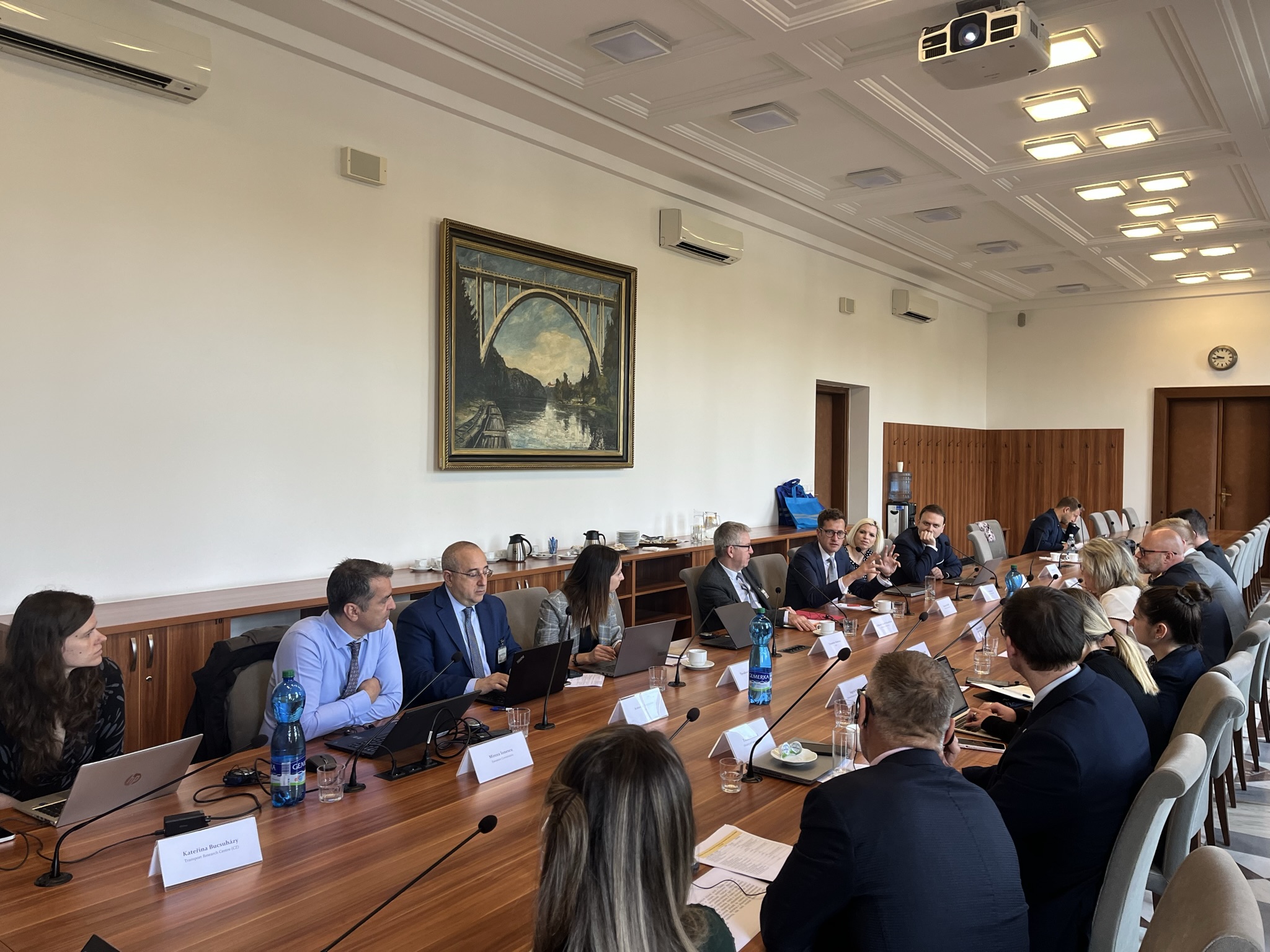Czechia workshop – 13-14 May 2025
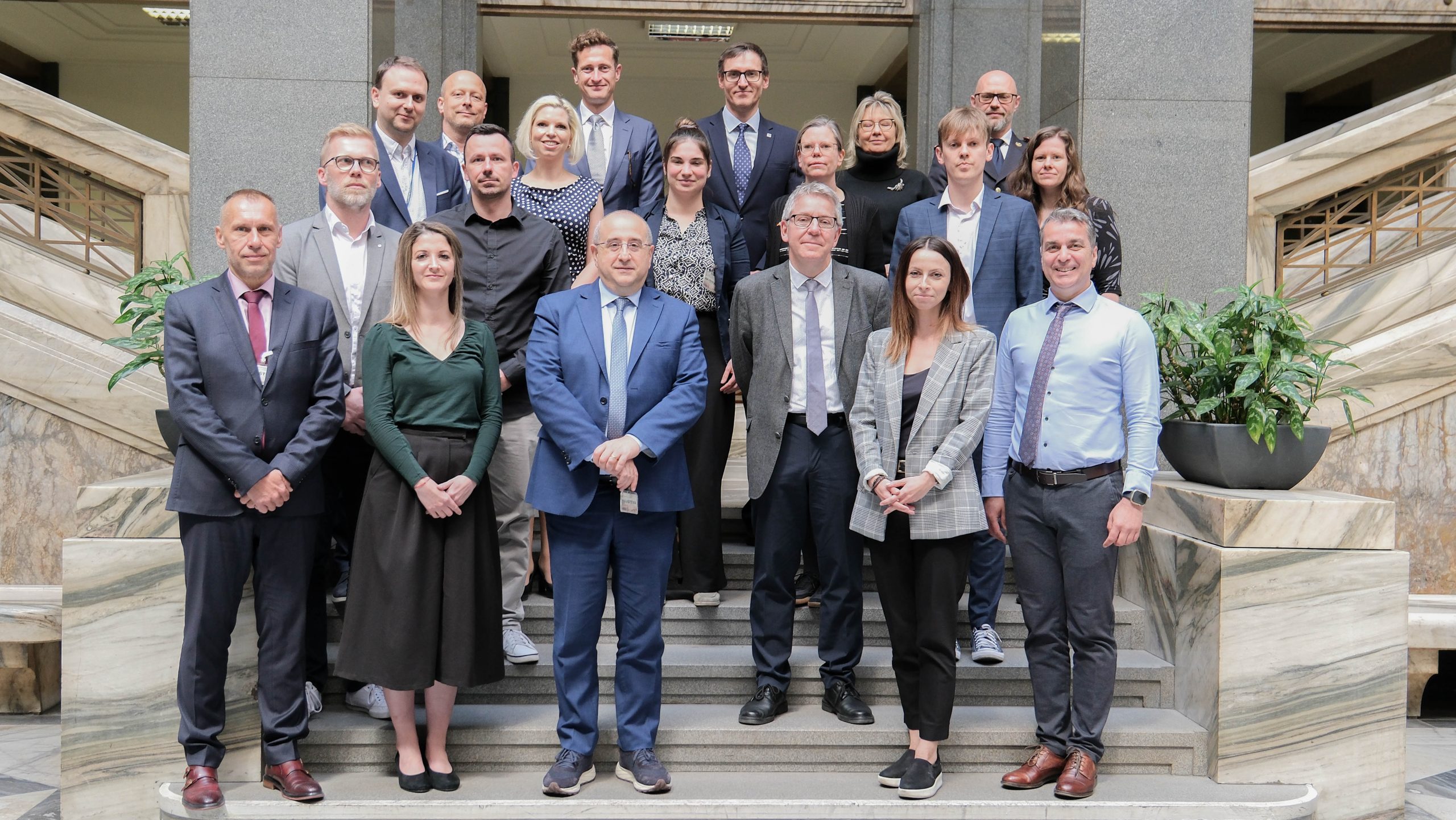
The sixth workshop of the second phase of the EU Road Safety Exchange (EURSE) project took place in Prague, Czechia, on 13–14 May 2025. The event focused on high-risk sites, motorcyclist safety and speed management.
The workshop was co-organised with the Ministry of Transport of Czechia and supported by the Transport Research Center CDV. Partners from the French Road Safety Directorate (DSR) and the German Ministry of Transport, joined the meeting, continuing the exchanges on topics addressed during previous study visits in the two countries.
Participants included a wide range of stakeholders from national and local authorities as well as research institutions, including the Czech Ministry of Transport, Ministry of the Interior, Traffic Police, the City of Prague, and the Transport Research Centre (CDV).
The event opened with a welcome from Tomáš Neřold, Head of the Road Safety Unit at the Ministry of Transport. He gave an overview of Czechia’s Road Safety Strategy 2021–2030, including key targets and the use of two-year action plans to address priority areas. He highlighted recent progress made through the 2023–2024 action plan, including measures to improve young driver safety such as the introduction of accompanied driving.
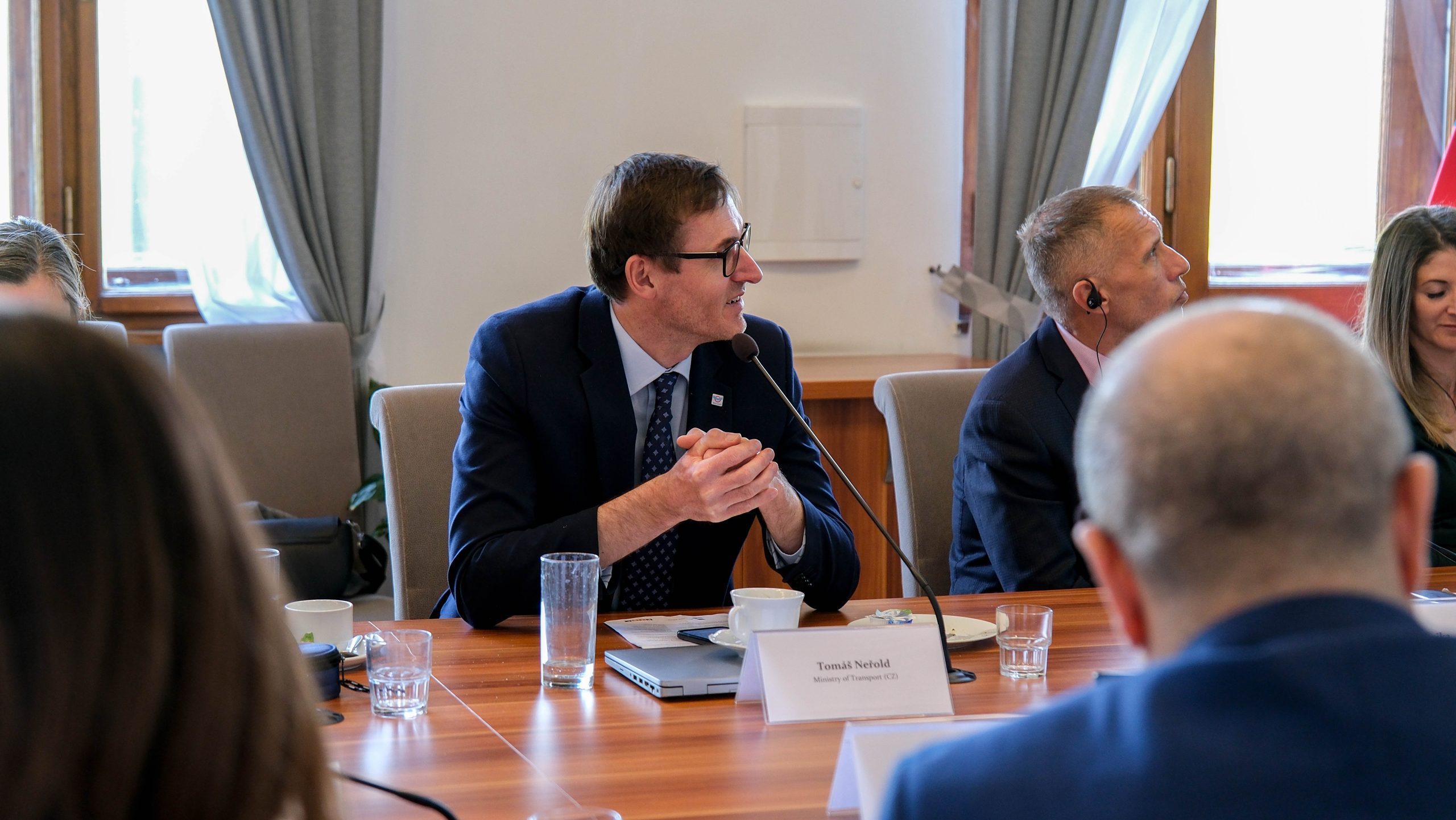
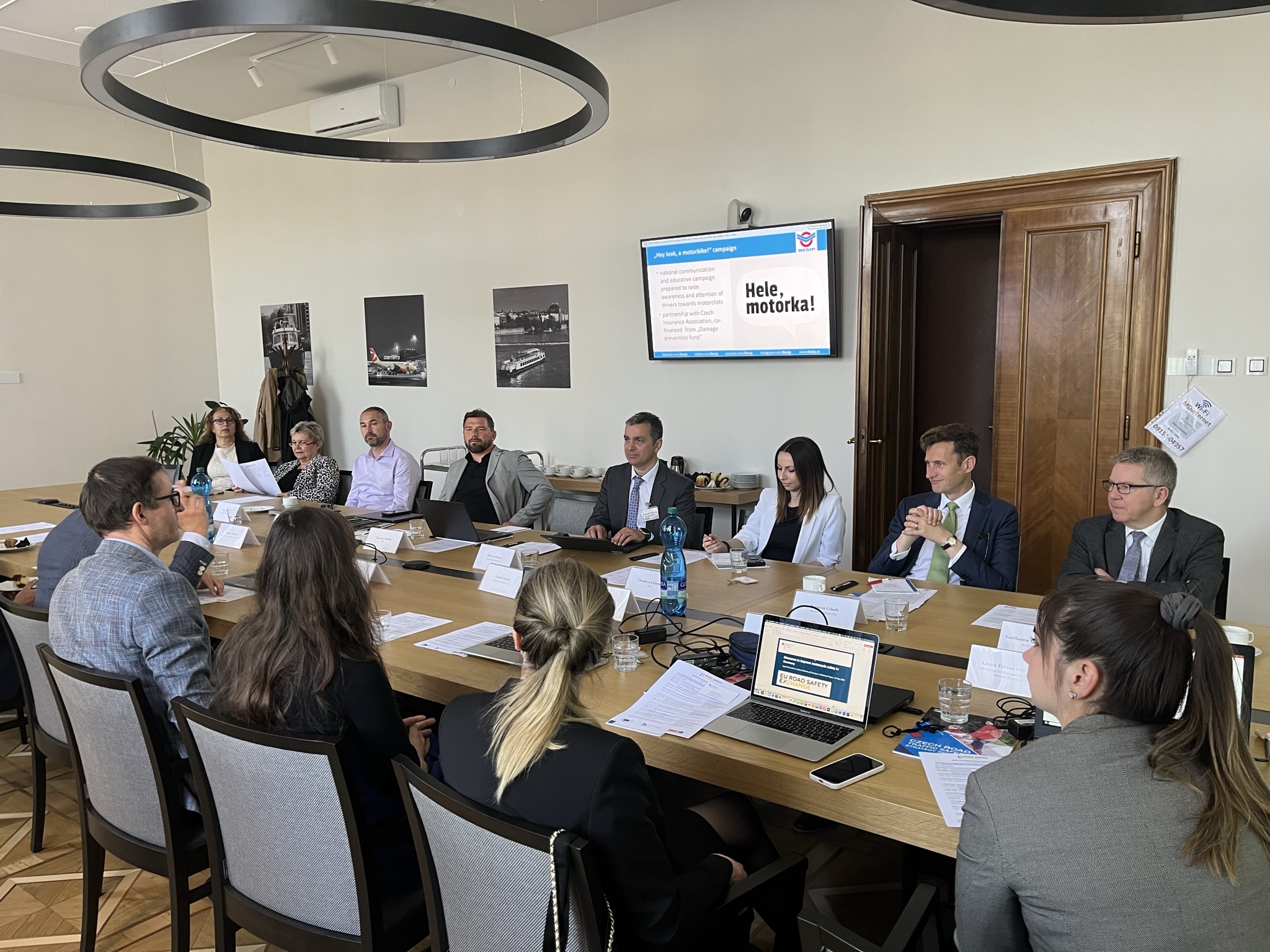
The first session focused on improving motorcycle safety, as recently Czechia experienced an increase in collisions with this user group. Roman Turza from the Ministry of Transport shared some insight into Czechia’s experience and planned actions related to targeted educational campaigns.
As findings show that about 40% of fatal and serious motorcycles crashes in Czechia are caused by the opposing vehicle driver, efforts are focusing on raising awareness about motorcyclists and warning drivers about the risks of inattention – particularly when failing to give way, turning, or overtaking.
Kateřina Bucsuházy from the Transport Research Centre then presented findings on the main causes and contributing factors of motorcycle collisions. She highlighted the role of speeding and inattention, especially on curves where loss of control due to excessive speed is common.
Research showed that only 5% of riders navigate left-hand bends correctly, with most cutting the curve, significantly increasing crash risk. To address this, Czechia is looking to adopt Austria’s model of special road markings to help motorcyclists maintain a safer position when cornering.

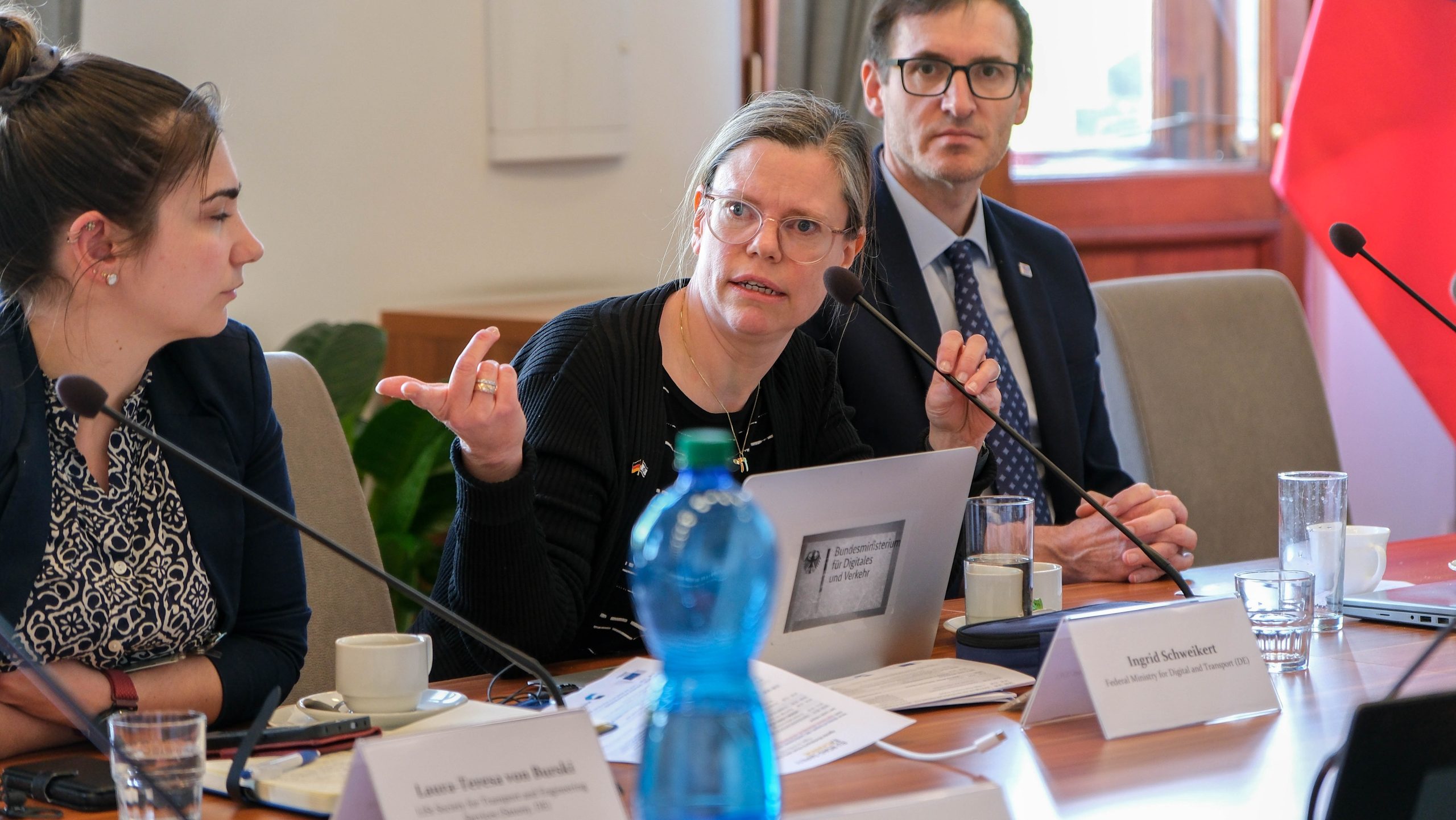
Germany’s perspective on motorcyclist safety was presented by Ingrid Schweikert from the Federal Ministry for Transport, who outlined Germany’s overall road safety programme and framework, and described the MVMot initiative.
The programme, launched in 2007, focused on analysing crash statistics and developing infrastructure-related measures to improve motorcyclist safety. A leaflet summarising best practices was shared with Germany’s federal states, and the initiative was recently updated and evaluated.
François Gibelli from the Road Safety Directorate at the French Ministry of the Interior shared France’s experience on motorcyclist safety. He presented several initiatives, including the use of airbags by police officers to set an example in protective equipment use.
His presentation also covered educational efforts in schools, France’s progressive licensing system – which requires two years of experience with A1 and A2 licences before obtaining a category A licence – as well as national road safety campaigns and “safety days” for motorcyclists featuring workshops and safe riding demonstrations.
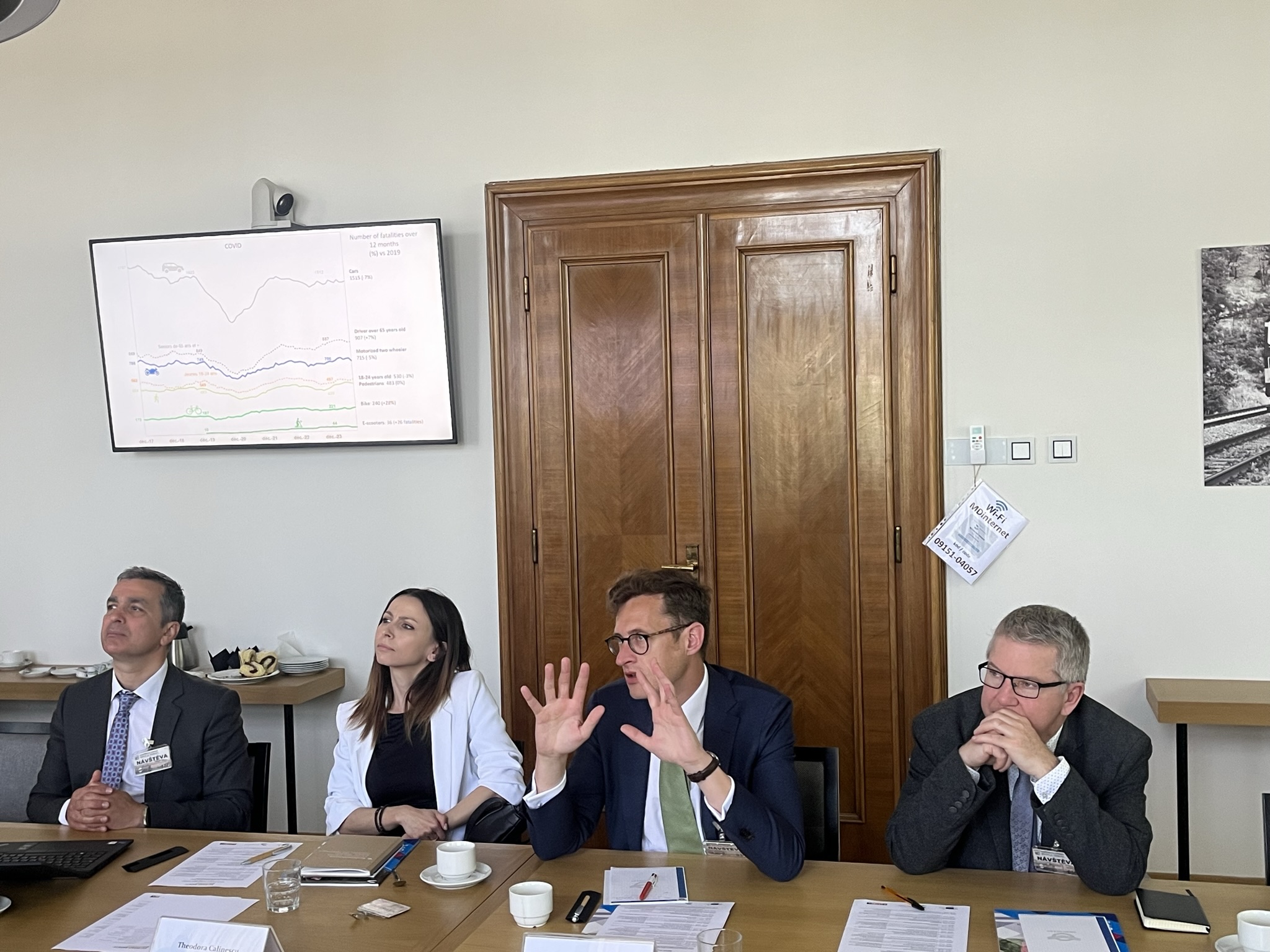
Participants of the workshop then travelled to a traffic playground to see first-hand how children learn to safely participate in traffic. A traffic safety competition is held for children aged 10–12, which includes both theoretical and practical aspects of road safety.
Traffic playgrounds provide a safe, realistic environment for children to learn how to cycle and walk safely in various traffic situations. These playgrounds are an important feature of Czechia’s road safety education, with more than 300 in operation across the country.

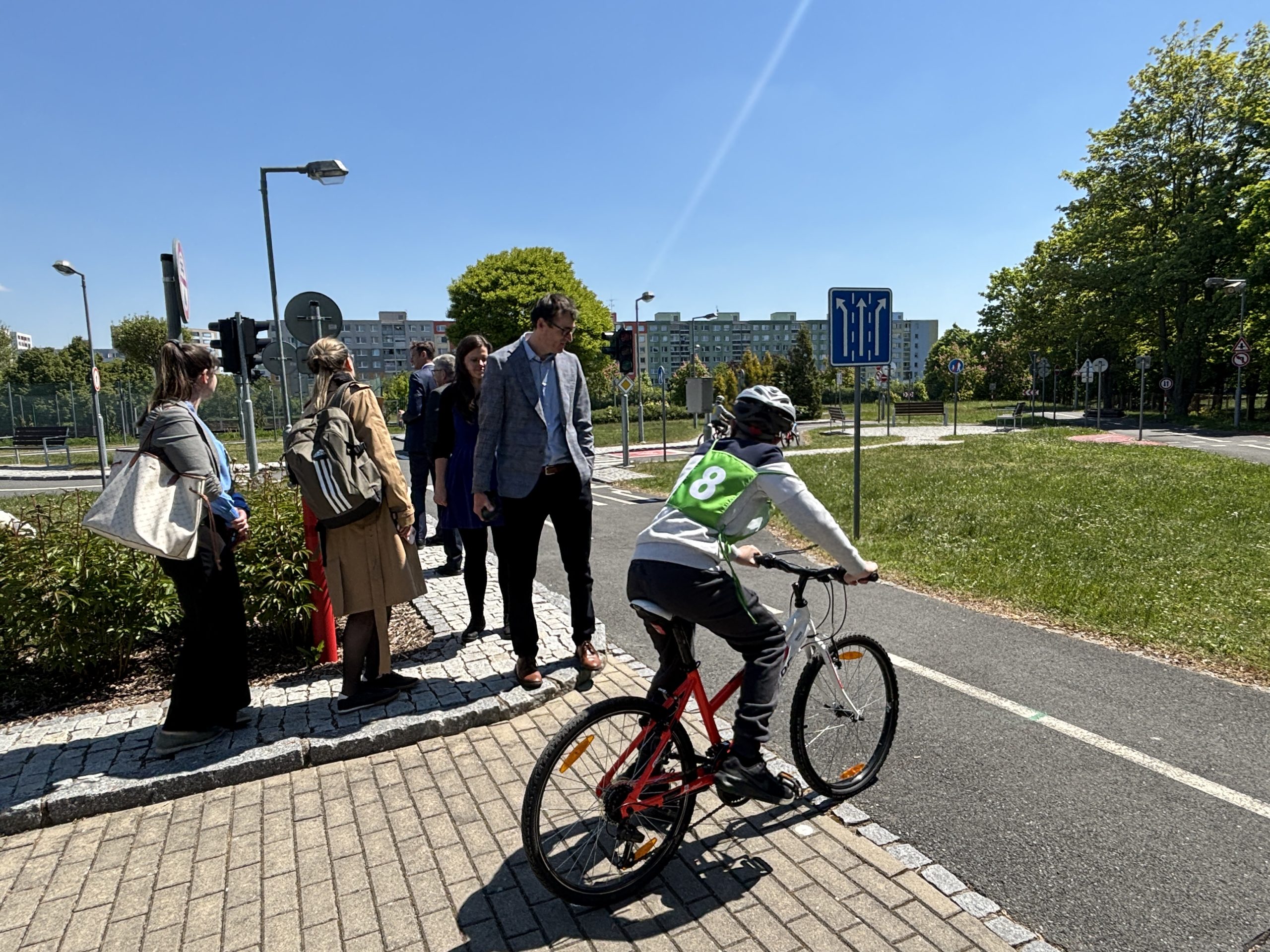

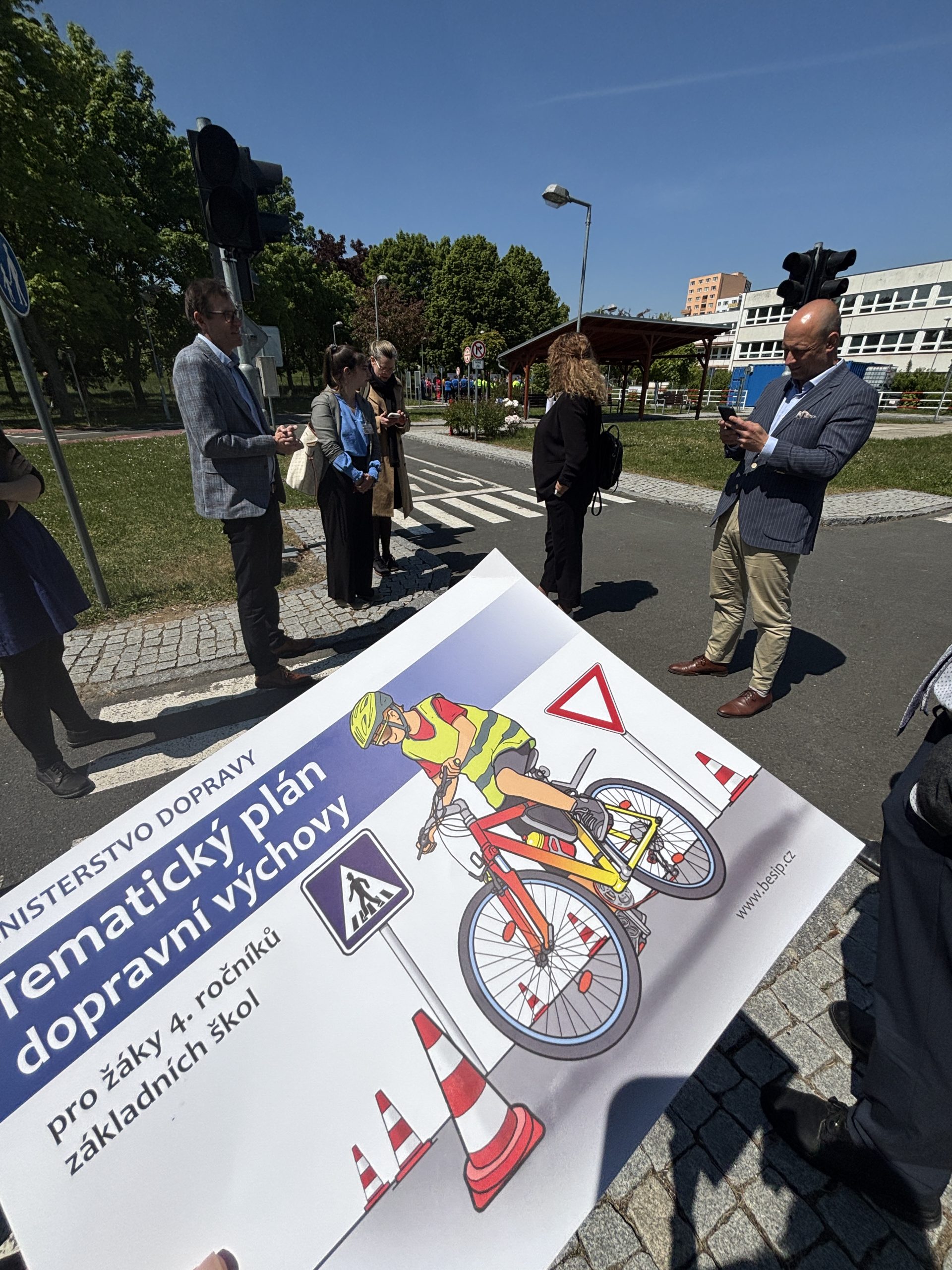
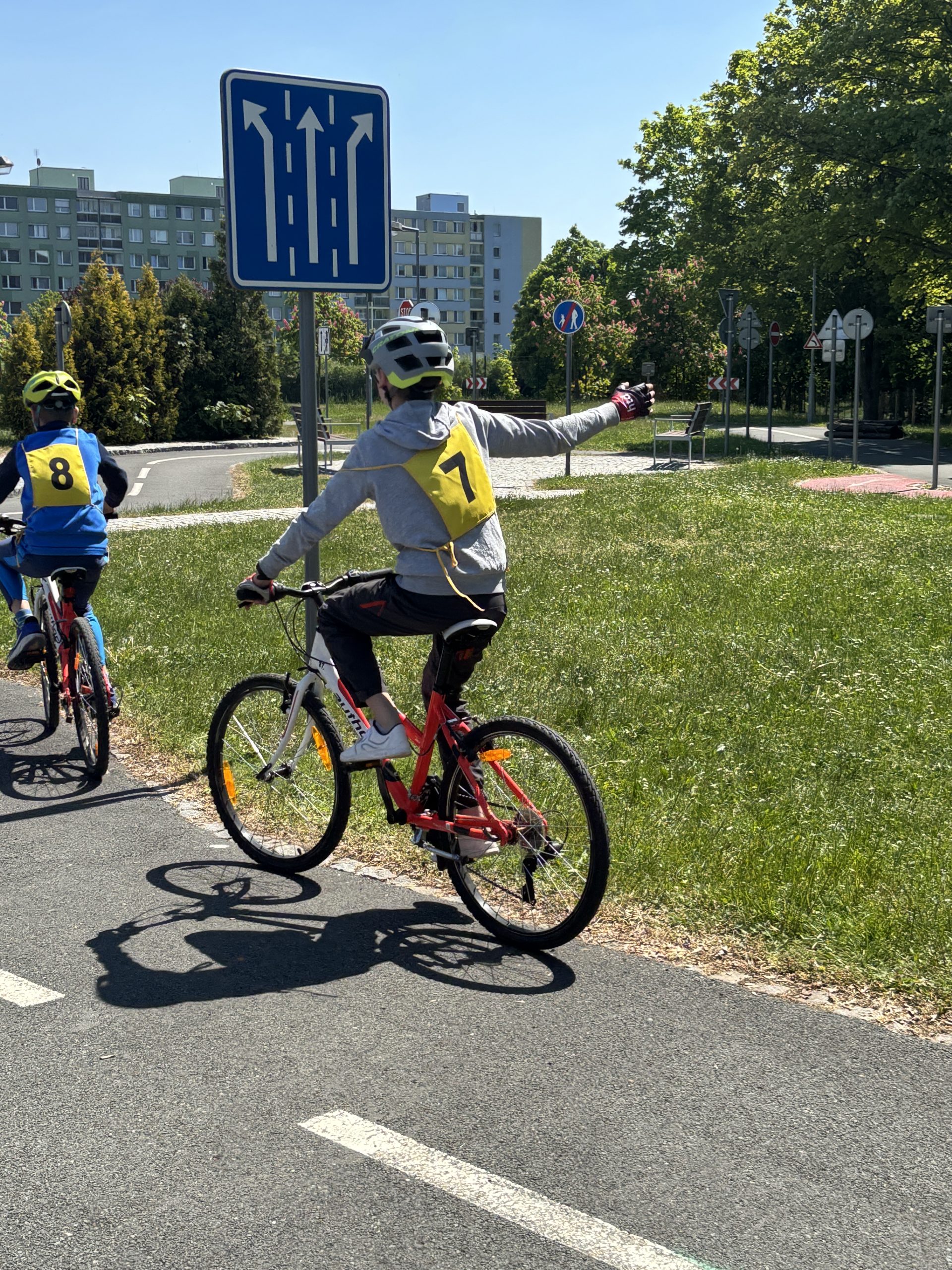
The second session shifted focus to rural road safety and the identification and treatment of high-risk sections. Czech experts explained the country’s road classification system and how responsibilities are divided for addressing issues across different types of roads.
An interactive map displaying high-risk sections is available to regional authorities, who can also apply for state funding to implement remedial actions at the identified high-risk sites. The Ministry evaluates regional progress on an annual basis.
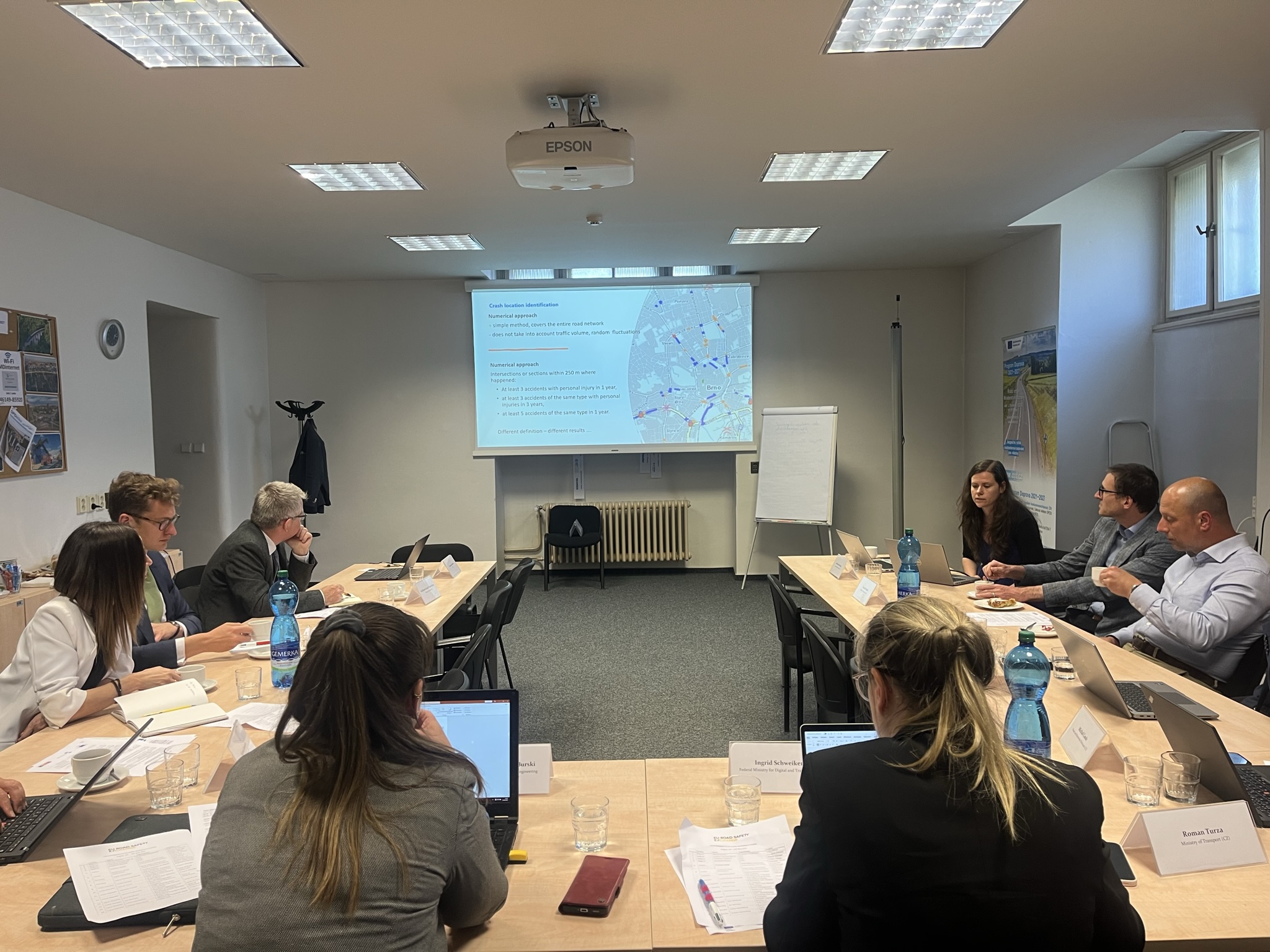
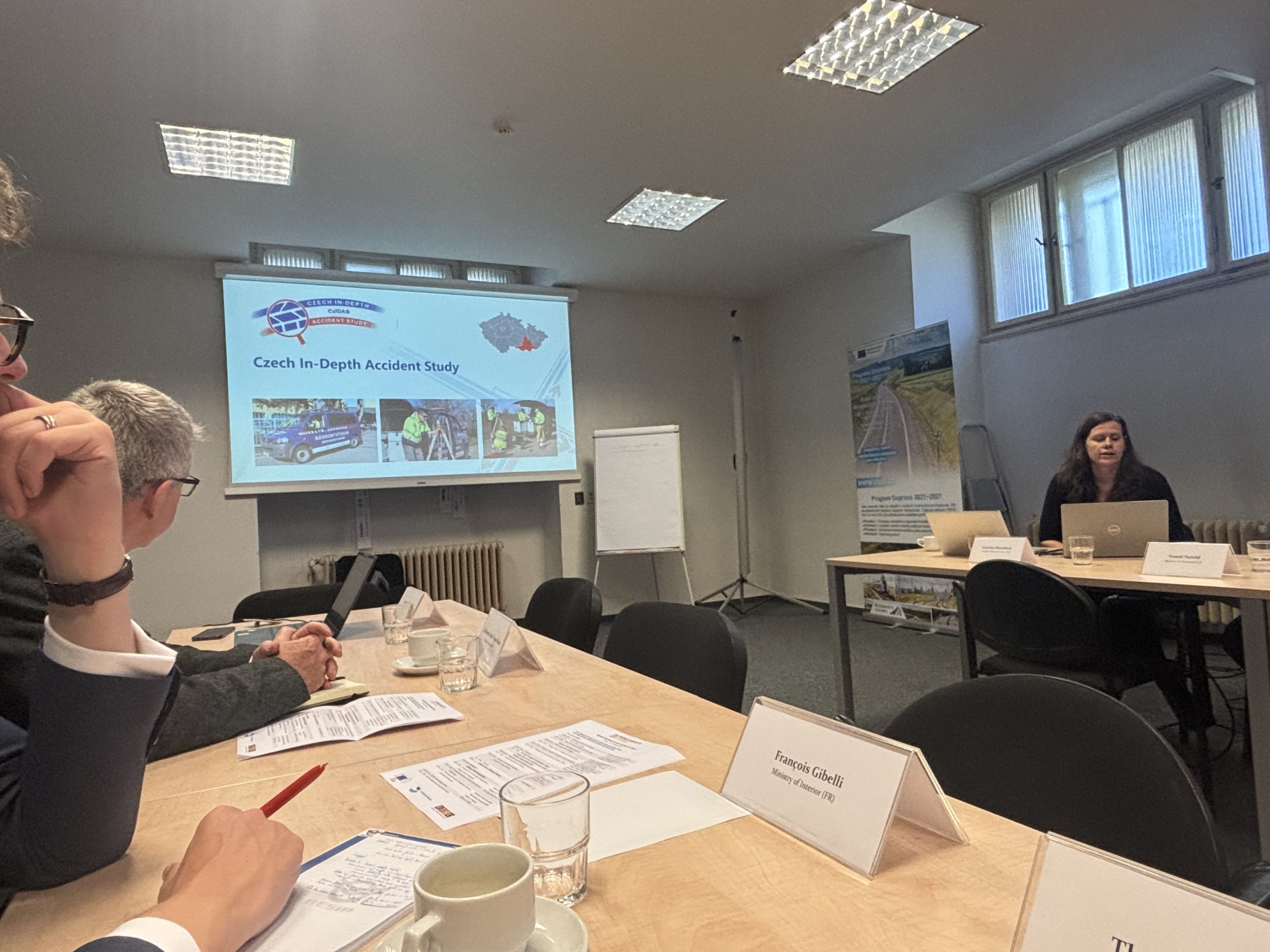
The presentation from the Transport Research Centre (CDV) focused on the South Moravia region, where all road collisions involving serious injuries or deaths are investigated in depth. A dedicated multidisciplinary team – including transport and automotive engineers, psychologists, and medical experts – conducts on-site investigations using modern tools such as 3D scanning and crash reconstruction.
The analysis covers infrastructure conditions, vehicle damage and human factors, going beyond standard data to understand underlying causes. Findings are shared to a unified accident registration system and propose targeted countermeasures to relevant authorities.
Laura-Terese von Burski, from the LISt Society for Transport and Engineering Services in Free State of Saxony, presented the work of accident commissions. While regional police are responsible for identifying high-risk sections, the accident commissions – made up of representatives from the traffic authority, police and road construction authority – conduct site visits and recommend safety measures.
All members of the commission undergo specialised training to ensure a consistent and expert approach. To support their work, the commissions also use the MaKau catalogue, developed by Germany’s Federal Highway Research Institute (BASt), which provides a selection of evidence-based interventions and examples of how measures have worked in other high-risk sections.
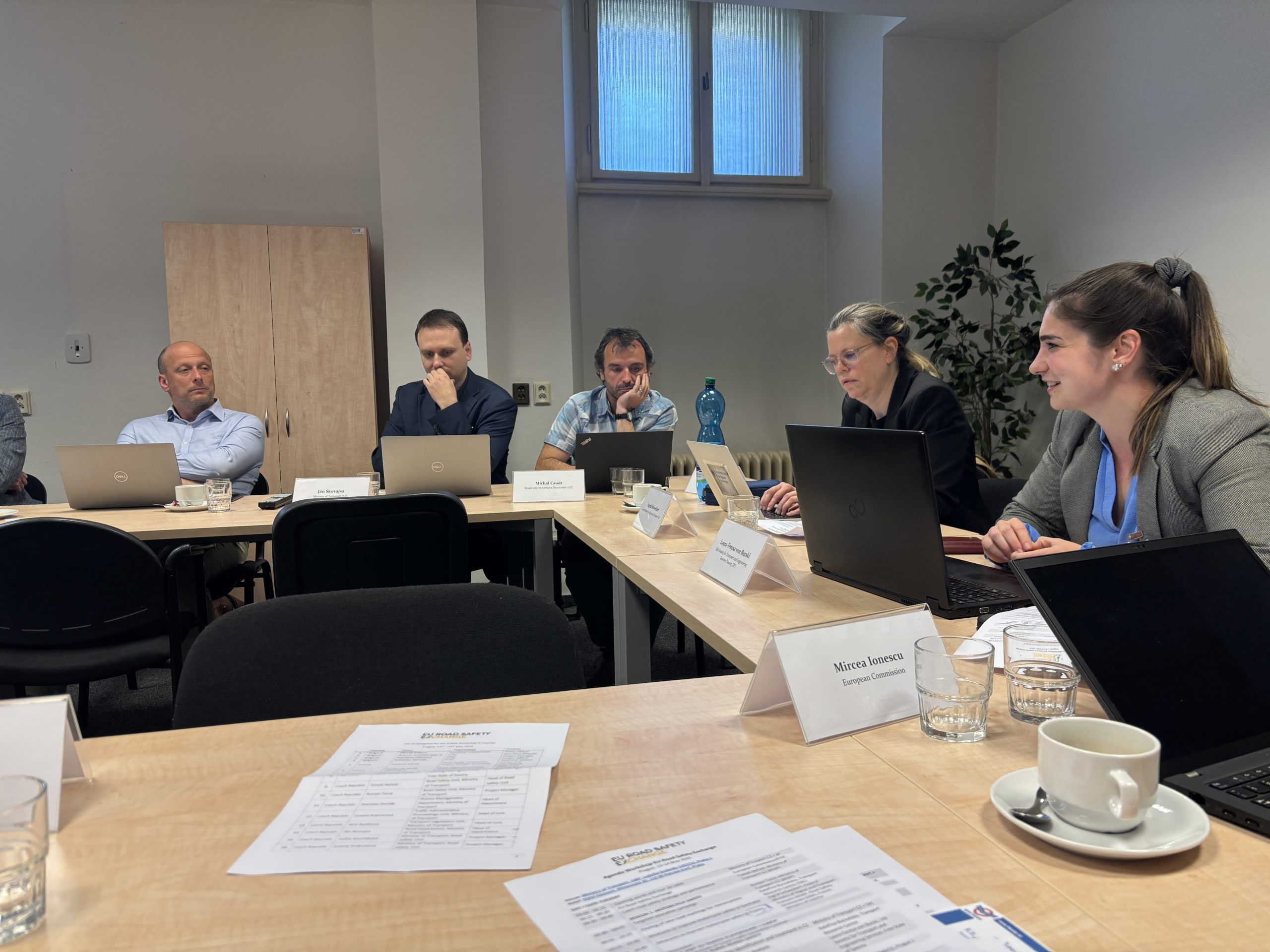

The second day of the workshop gathered more relevant stakeholders and was dedicated to speed management, looking at the different legal frameworks and focusing on automated enforcement.
Jana Budíková from the Ministry of Transport introduced Czechia’s legal framework for penalising speeding offences. Since 2014, Czechia has applied the principle of objective liability, where vehicle owners are held responsible for ensuring compliance with traffic rules – a key element for effective automated enforcement. Administrative proceedings are carried out by 227 municipal authorities across the country.
Jan Čejka from the City of Prague provided further insight into enforcement processes at the local level. In 2023, over 800,000 offences were detected by automated devices in Prague – about half related to speeding and the rest to stationary violations such as illegal parking.
Since July 2024, Prague’s 22 administrative districts have become responsible for processing offences, with the city acting as the appeal authority. Approximately 65% of penalties are paid promptly upon notice, while the remaining 35% require administrative proceedings. The system, based on a mix of models from France and other countries, continues to face some challenges with enforcement delays.
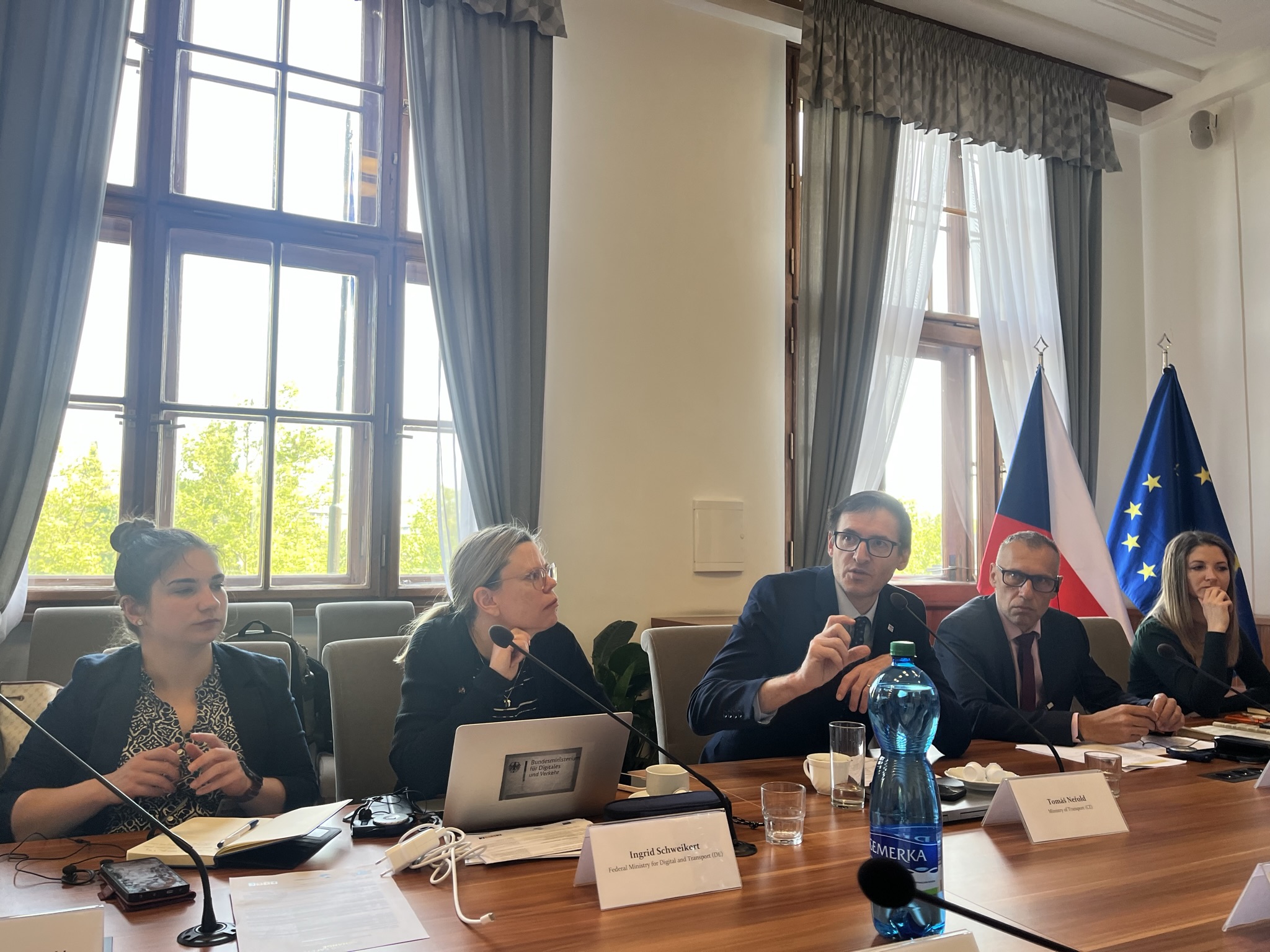
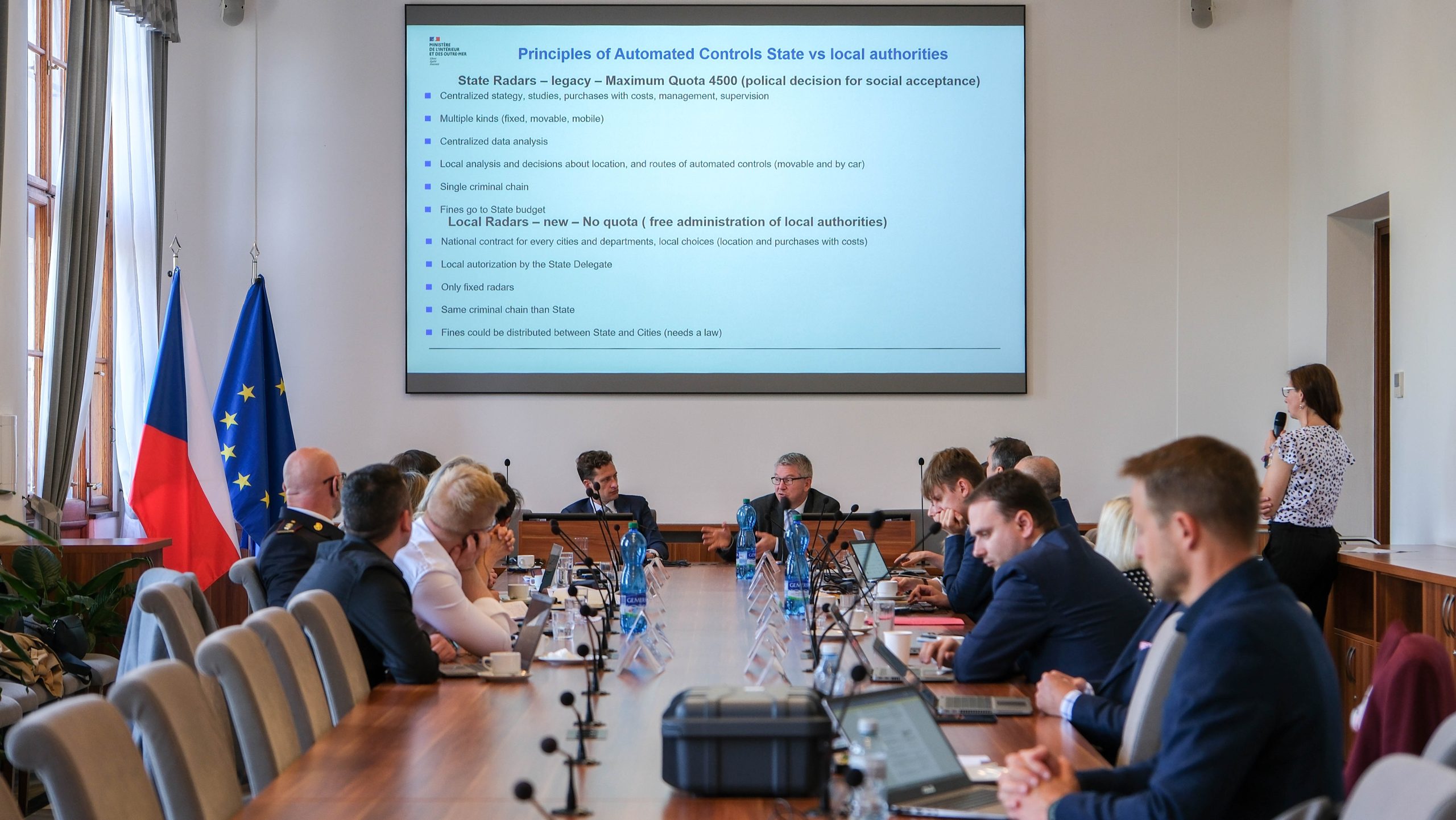
France’s system was presented by François Gibelli and Guillaume Girod-Vitouchkina, who explained the role of the National Agency for Automated Offence Processing (ANTAI). Unlike Czechia’s decentralised approach, France operates a centralised model, with ANTAI handling around 17 million offences and issuing over 60 million letters annually. The system processes not only speeding offences but also red-light violations, average speed checks, and roadside e-ticketing.
While France has traditionally maintained a national quota for fixed cameras and the system was entirely centralised, a recent law (2021–2023) now allows local authorities to install fixed speed cameras, following however the same criminal chain.
The workshop concluded with discussions on automated enforcement practices, including speed camera warning apps, enforcement related to heavy vehicles, and ways to improve the efficiency and credibility of enforcement systems. Participants reaffirmed the value of continued collaboration and knowledge sharing across countries.
Three additional workshops are scheduled in 2025, with participating countries continuing to work together on key road safety topics identified in the project.
